The Intriguing Story of the Abandoned Towns in New Mexico That Haven’t Seen Visitors in Years
New Mexico is home to roughly 400 ghost towns, and each one has a fascinating history.
If you’re wondering, no, ghost towns are not haunted places; they are simply communities that used to accommodate a human population but have now been abandoned. Let’s explore some of the most popular abandoned ghost towns in New Mexico and some features that make them stand out.
Lake Valley
This town came into being after discovering the famous Bridal Chamber mines in the 1800s. The exceptionally pure silver mined from the Bridal Chamber at the time attracted several settlers to build the town we know today as Lake Valley.

Source: Wikimedia Commons
The town was filled with residents and prospered until 1893. Then, there was an unfortunate silver panic, and residents who got their livelihood began to move away. Lake Valley officially became a ghost town in 1974 after its last occupant passed on. However, some of the public buildings and residencies still stand.
White Oaks
White Oaks used to be a very successful town in New Mexico. In fact, it used to be a commercial hub in the state and was acclaimed to have been the second largest—and most lively—town after Santa Fe.
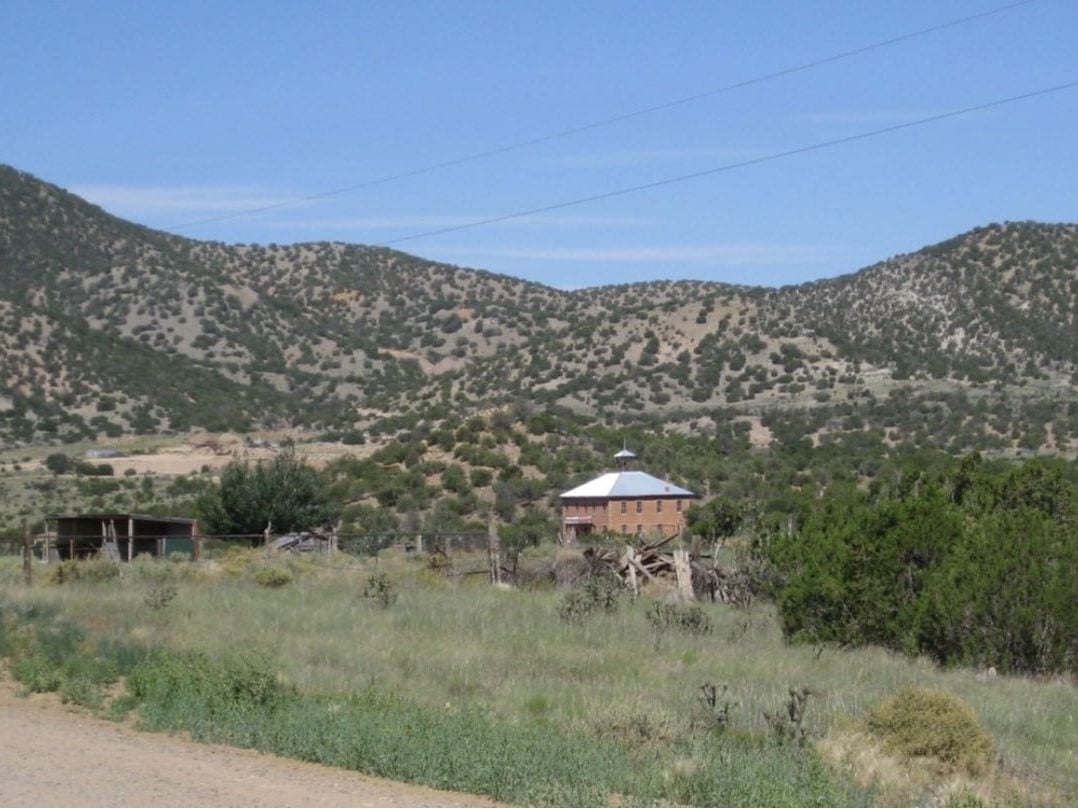
Source: Flickr
Just like Lake Valley, White Oaks was a mining city. However, its boom in population occurred when a pure vein of gold was discovered in the Baxter mountains. Soon, the gold deposit was exhausted, and occupants left one after the other.
Mogollon
Have you heard seemingly unbelievable tales of the Wild Wild West? Well, some of those tales probably describe the wildness and lawlessness of Mogollon in the late 19th century.
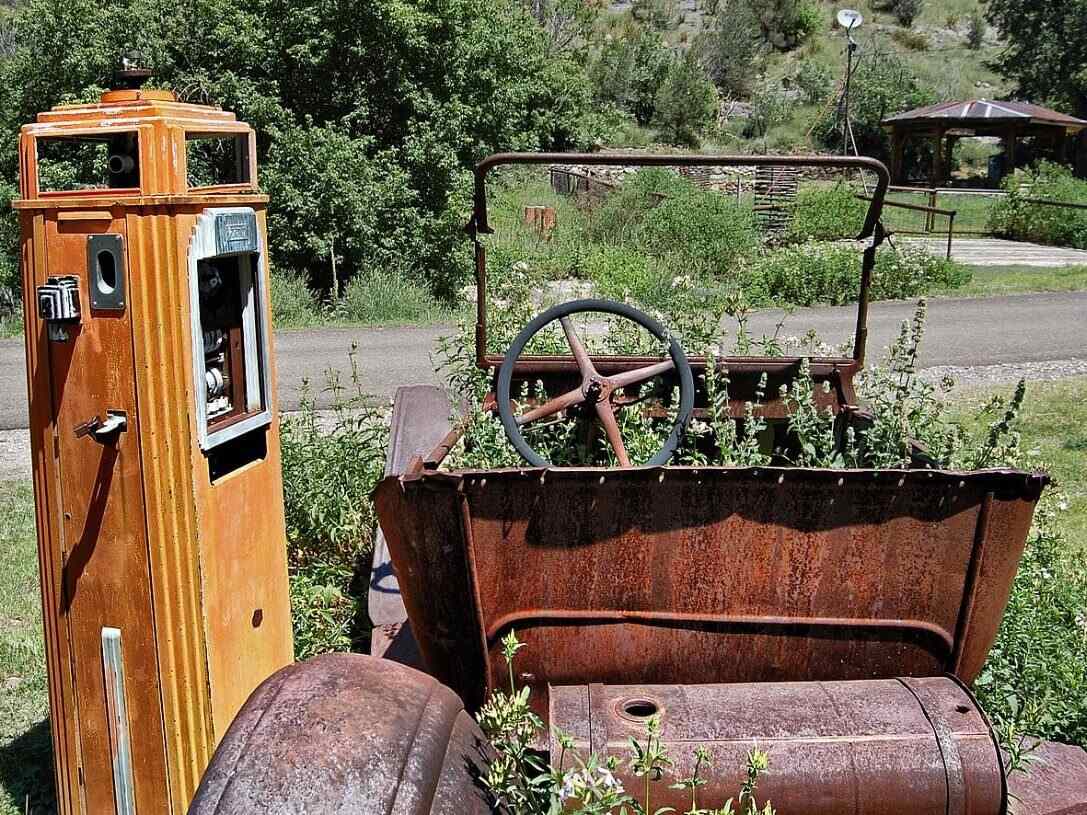
Source: Wikimedia Commons
The town started off as a mining settlement, as it was rich in silver and gold. At the peak of its boom, Mogollon had a population of 6000 humans. However, the town is presently a shadow of itself, though some of the old structures and mining equipment continue to tell tales of its history.
Carbezon
This town was founded in the early 19th century and experienced an influx of humans after Barite was discovered in the region. The barite mineral was used at the time as an ingredient for making drilling fluid, which is, in turn, used in the exploration of crude oil.
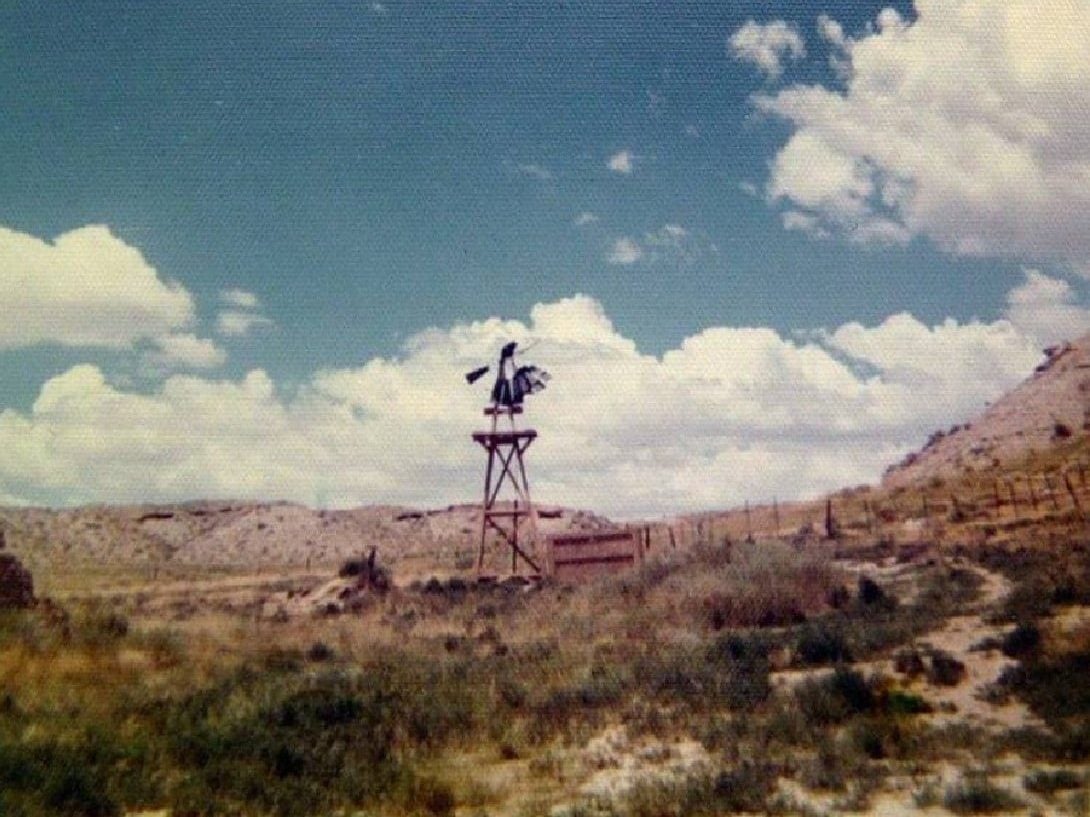
Source: Wikimedia Commons
However, the demand for barite soon plummeted, as did the human population. Present-day Carbezon is located on private property, so it’s a good idea to obtain permission before exploring.
Steins
In 1880, the Southern Pacific Railroad Company was laying a railway line through the countryside. They decided to create a pass through the Peloncillo mountains. Before long, some of the workers, who came from neighboring towns, started settling around the construction site.

Source: Wikimedia Commons
Today, Stein is one of the most fascinating and well-preserved ghost towns in New Mexico. It has been included on the National Register of Historic Places.
Folsom
At its peak of human occupation, Folsom played host to some 600 people. It was more like a stopover town as most 19th-century settlers were cattle rearers.
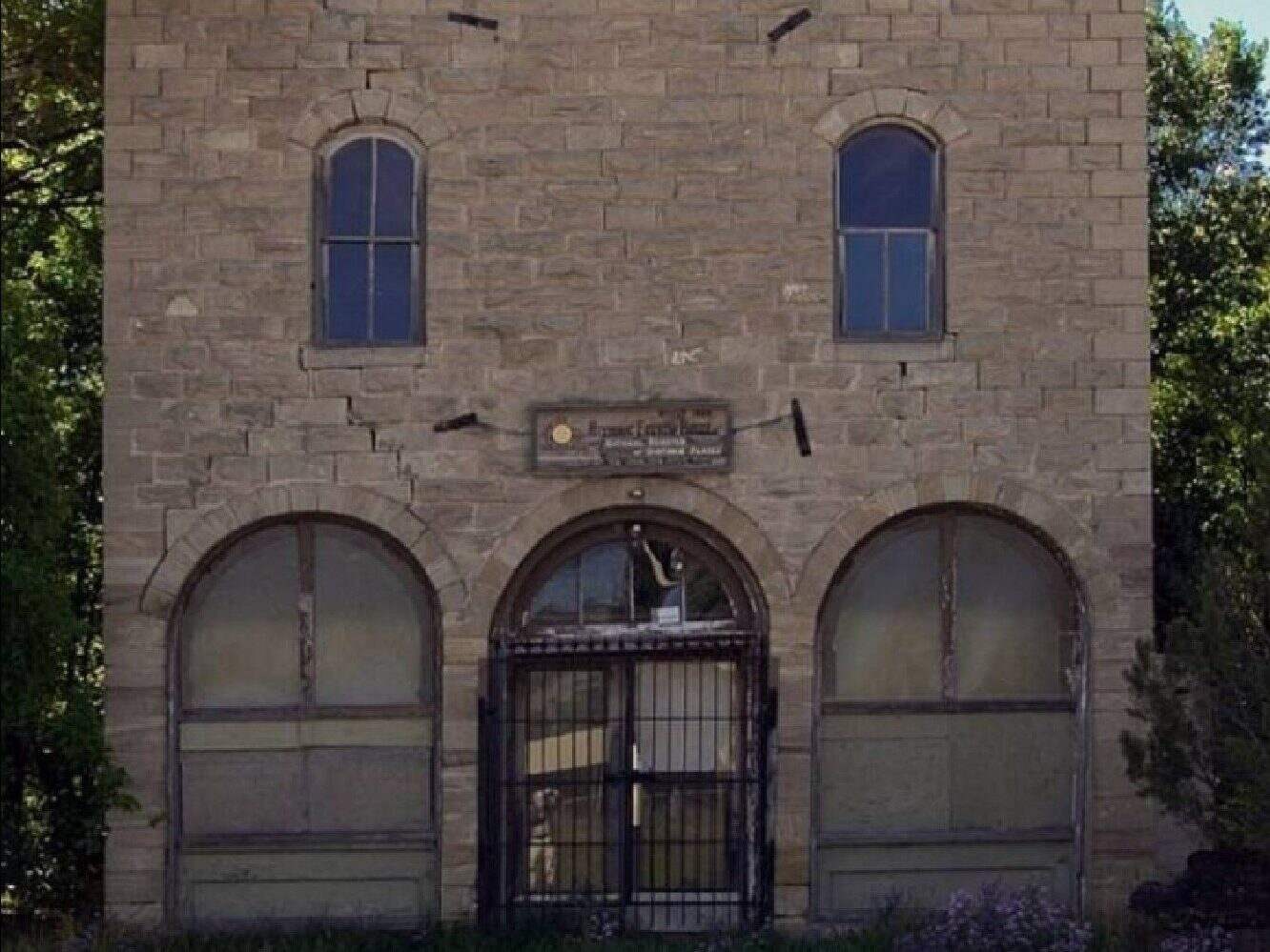
Source: Wikimedia Commons
Due to the harsh weather of the Western States, cattle raisers tend to move their herds between Texas and Colorado. However, many of the structures put up by the then-inhabitants of Folsom have gone into disuse. But today, they serve as historic reminders of how far human civilization has come in the United States.
Shakespeare
Shakespeare is a well-preserved ghost town in New Mexico but is now private property. If you don’t mind taking a road trip through the countryside, Shakespeare shares boundaries with Arizona.
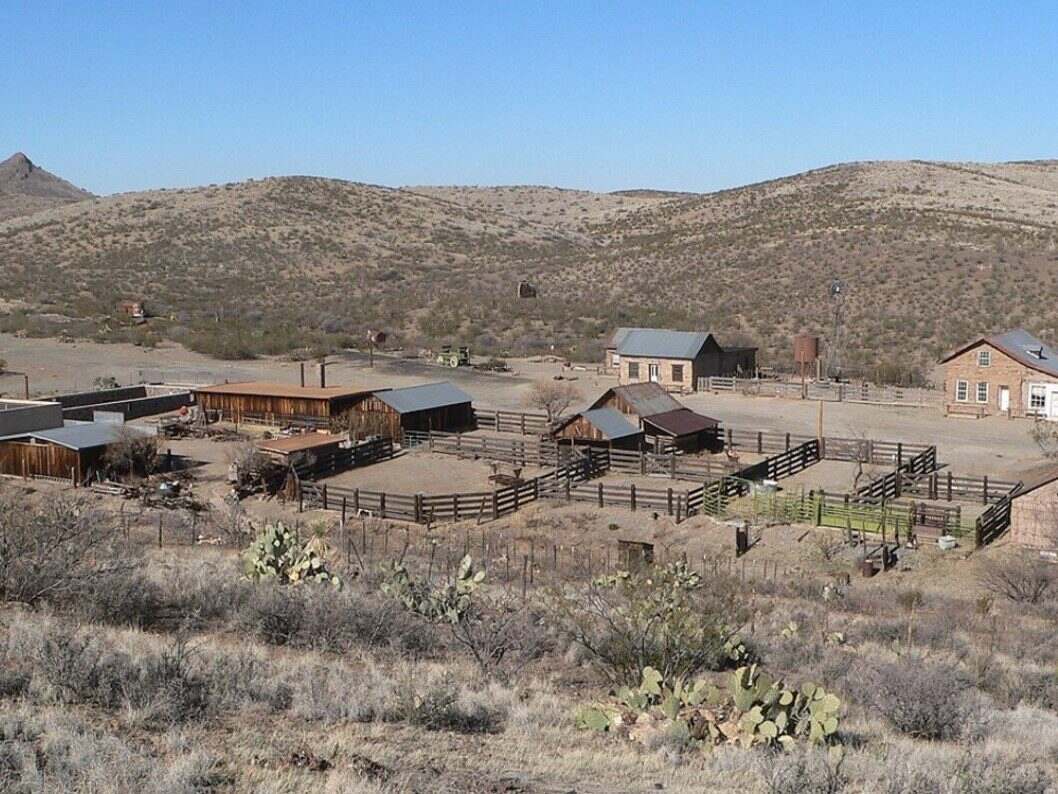
Source: Wikimedia Commons
As you must have guessed, the town is named after the famous playwright William Shakespeare. It was founded in the 1800s after the English and Irish discovered silver in the region. Shakespeare has been officially designated as a historic site.
Loma Parda
This ghost town was the Figueroa of its time. Rightly nicknamed Sodom on the Mora, 19th-century Loma Parda was the place to go if you were hunting for an all-night orgy.
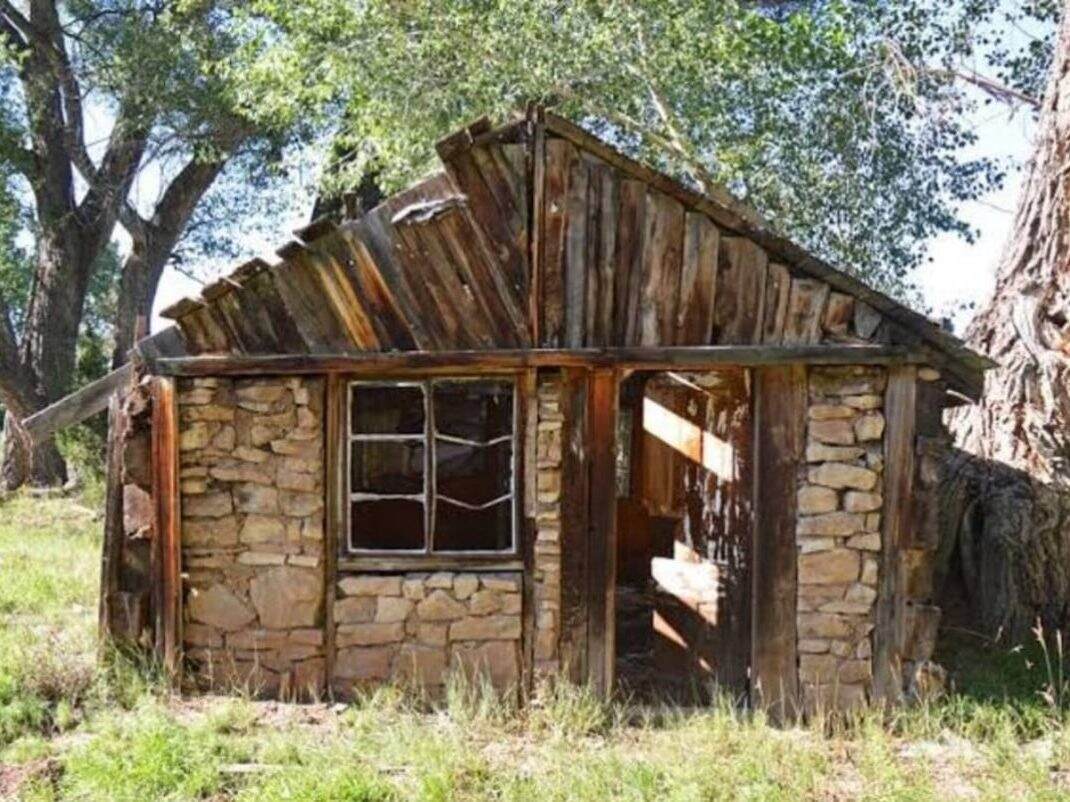
Source: Beata Certo/ Facebook
Most of the remaining structures in this town are no longer habitable due to disuse. However, you can visit the site to get an idea of what America was like some 100 years ago.
Engle
Engle is another New Mexico town that came into being because of the railroad that passed by that region.
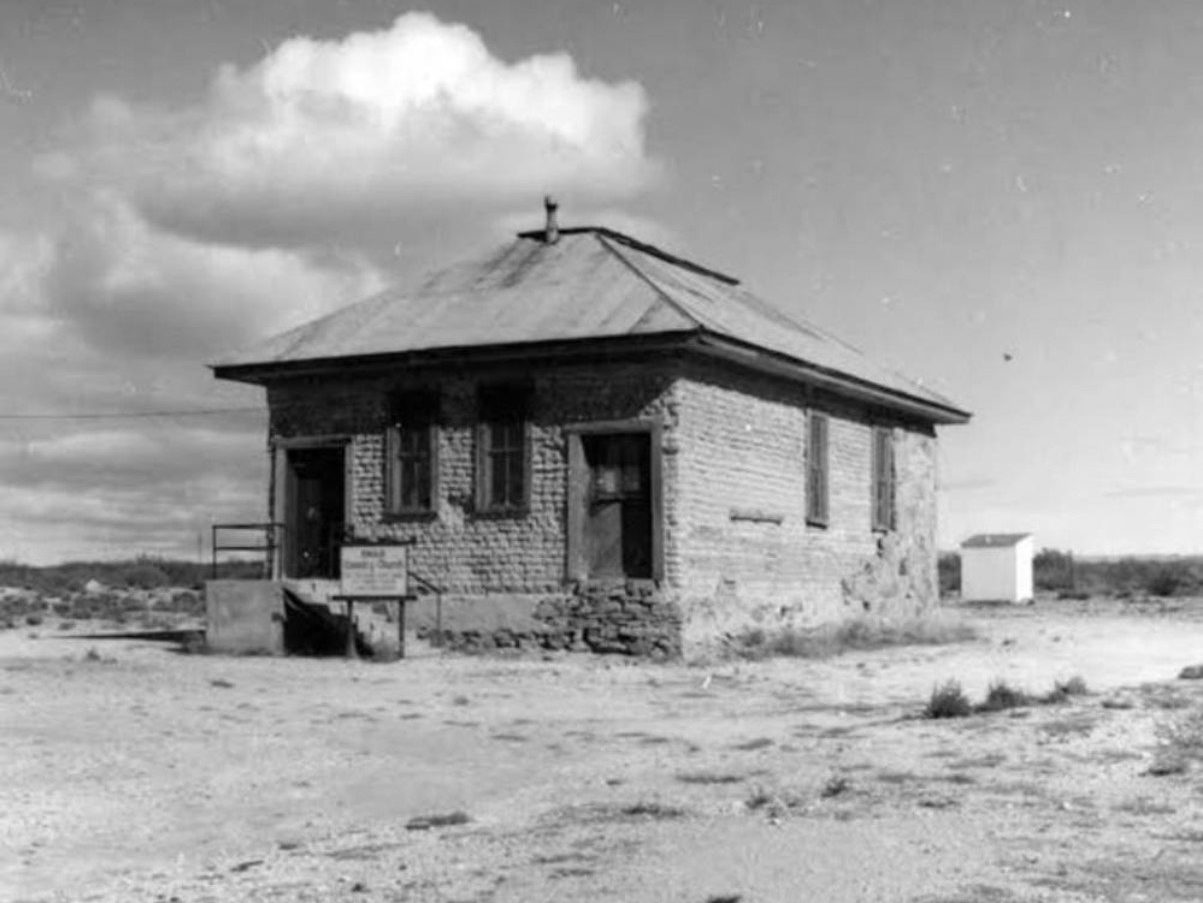
Source: Pinterest
19th-century miners made Engle a rendezvous point for the onward shipment of their extracted minerals. And before long, a settlement sprung up there in 1879. Cattle rearers also took advantage of the hub of activity and made a trail pass through the town. Today, Engle is completely deserted, except for occasional tourists.
